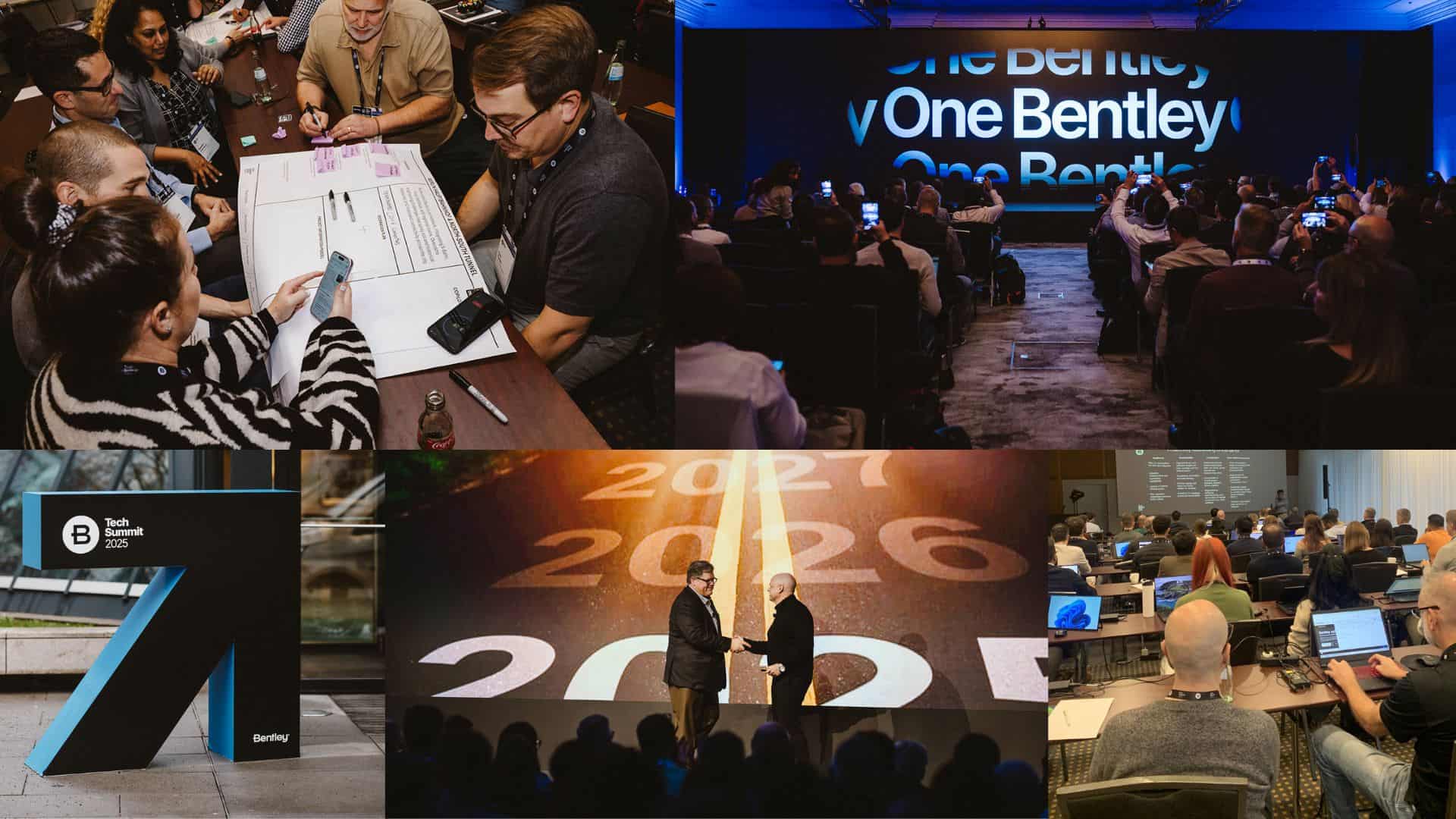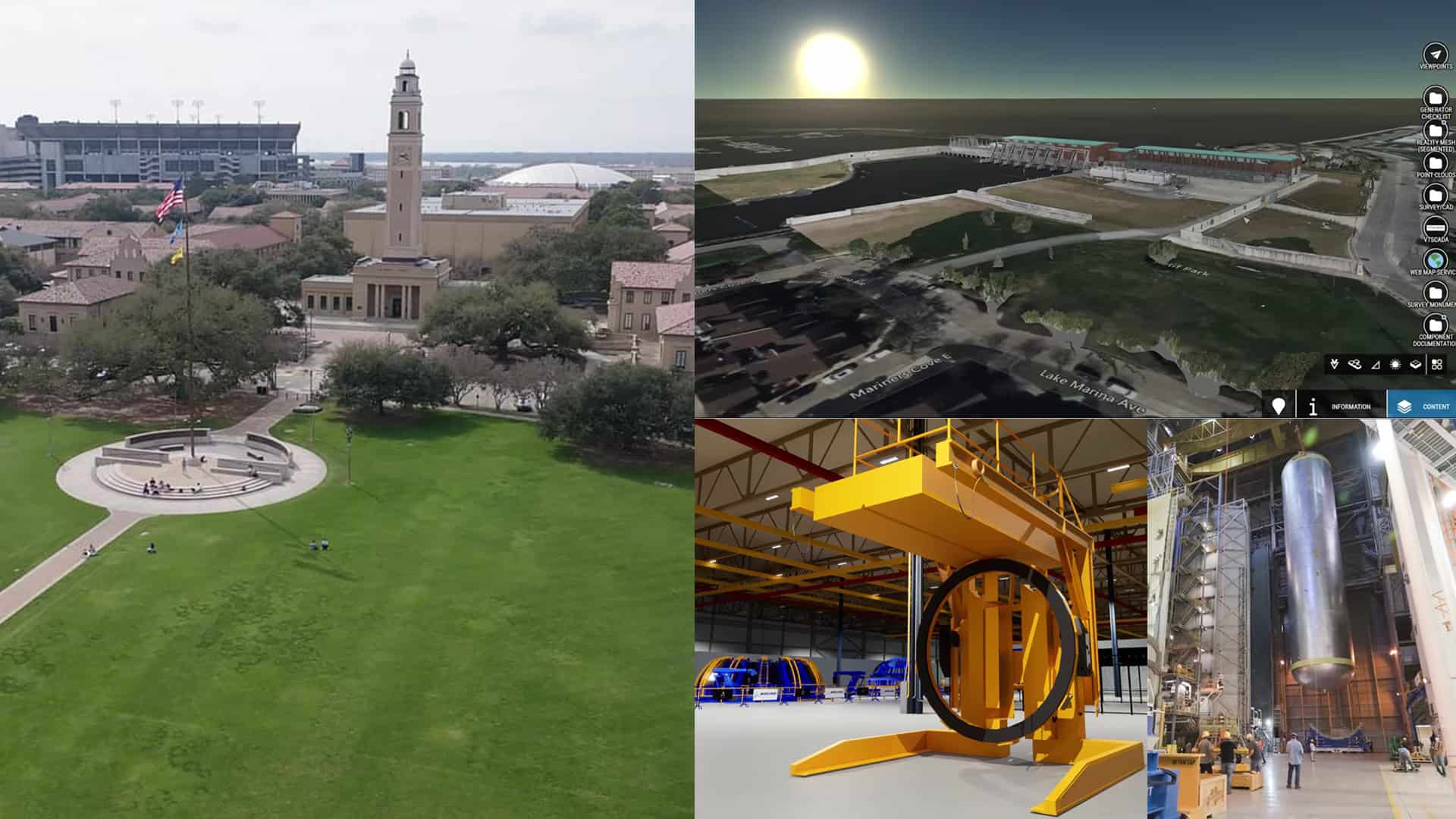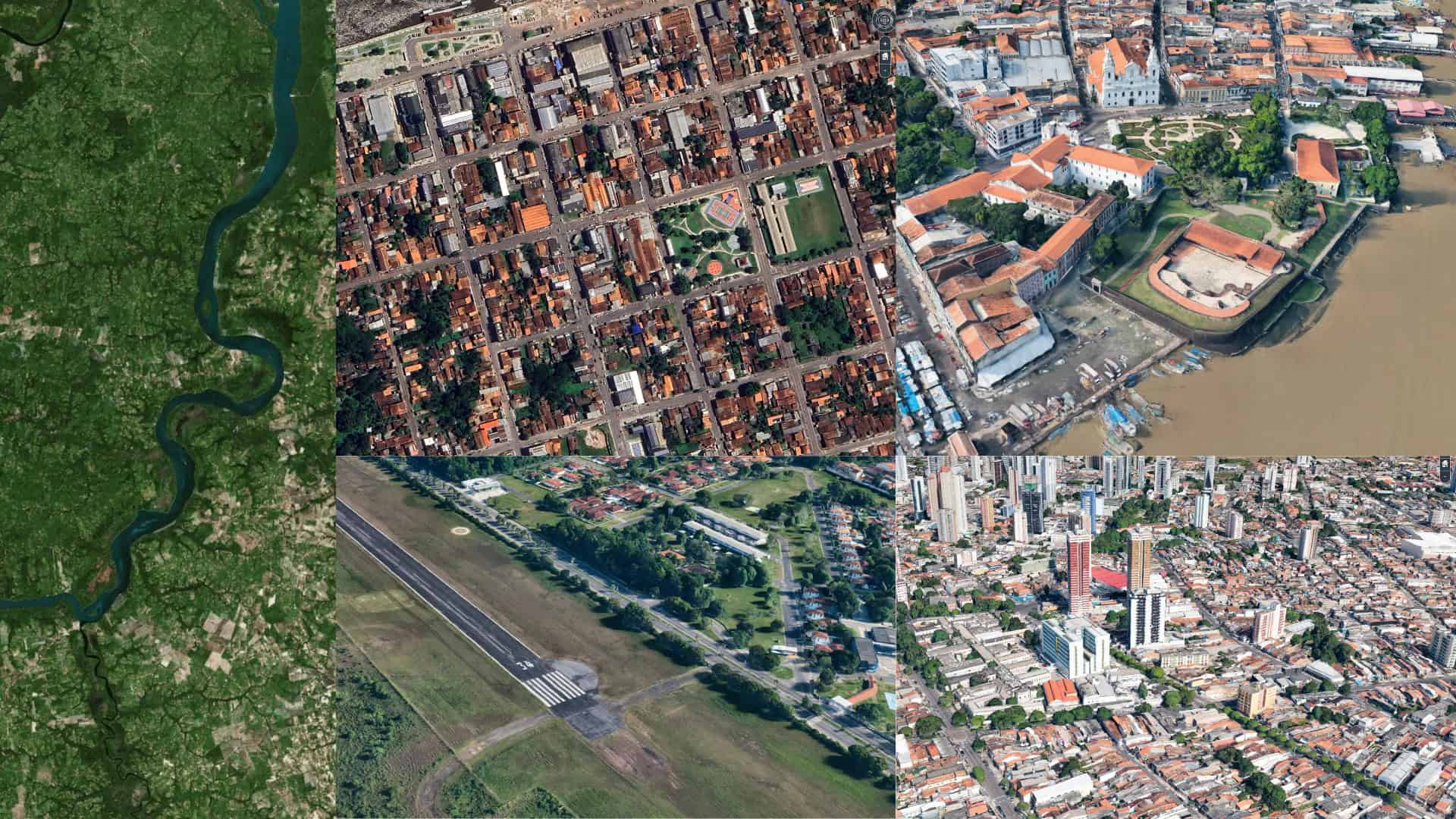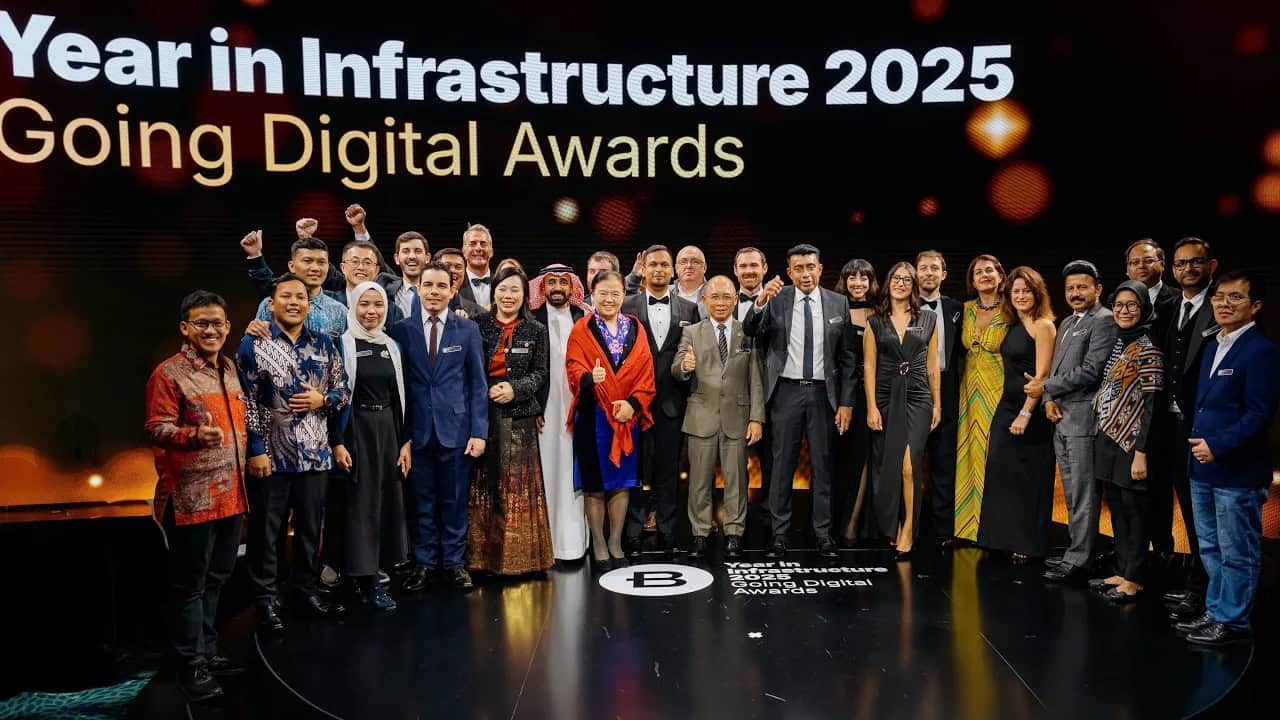As we celebrate Earth Day we find ourselves at a critical juncture in our relationship with the planet. In late March, I traveled to Washington, D.C., for a week of discussions with elected officials, appointees and staffers across state and federal government. When I left, one thing became abundantly clear: The ground beneath our feet represents both our greatest resource and our most significant vulnerability.
We increasingly recognize that the subsurface—the hidden realm of aquifers, mineral deposits and geothermal potential—is essential to our economic and environmental future. Yet our understanding and management of these resources remain dangerously inadequate and under-financed in the face of accelerating climate change, ubiquitous pollution threats and growing resource demands.
These challenges are existential in nature. Water scarcity threatens communities across the globe, with groundwater depletion occurring at alarming rates. Critical minerals like lithium, cobalt and rare earth elements (REEs), which are necessary for energy technologies and digital infrastructure, face supply constraints as geopolitical tensions complicate access. These minerals are indispensable for electric cars, batteries and key sources of renewable energy like wind and solar, which is the theme of this year’s Earth Day.
Beyond minerals, energy security requires diversification beyond traditional sources, with geothermal energy representing an underutilized resource. And climate resilience—our ability to withstand and recover from shocks caused by natural disasters and long-term environmental change—heavily depends on how we manage these subsurface systems.
A system of systems
What makes these challenges particularly complex is their interconnected nature. When we extract minerals and other resources from the Earth, we don’t just remove valuable materials—we potentially impact aquifers, trigger geological instability and alter landscapes for generations. Our actions below-ground ripple through environmental and economic systems in ways we’re only beginning to comprehend.
 “Our actions below-ground ripple through environmental and economic systems in ways we’re only beginning to comprehend,” says Seequent’s Thomas Krom.
“Our actions below-ground ripple through environmental and economic systems in ways we’re only beginning to comprehend,” says Seequent’s Thomas Krom.In many respects, we remain sitting ducks. The recent earthquake in Myanmar serves as a sobering reminder that the Earth is dynamic and sometimes destructive. Our infrastructure, communities and economies are vulnerable to geological phenomena we cannot control. But we can prepare for them.
The current U.S. administration’s early focus on subsurface issues reflects growing recognition of these challenges.
Initiatives around Managed Aquifer Recharge (MAR) promoted by the National Ground Water Association include addressing water supply contamination by PFAS (per- and polyfluoroalkyl substances, also known as “forever chemicals”) and expanding geothermal energy development. These efforts signal a shift toward more comprehensive subsurface management and demonstrate how critical underground resources are to the economic well-being of our society.
All in the same boat
What’s particularly noteworthy is how Earth-related challenges transcend partisan divides. In meetings with delegations representing governors of both red and blue states, I’ve observed how natural disasters and resource management concerns forge unlikely alliances. Republican states facing water shortages and Democratic ones dealing with flooding find common ground in the need for better hydrological data and resilient infrastructure. The Earth itself is non-partisan, and increasingly, so too are approaches to managing its resources and risks.
Consider, for example, how financial markets reflect this reality. Gold’s enduring value as a “doomsday hedge” speaks to our instinctive understanding that physical resources retain value when financial instruments falter. In April, gold topped $3,240 per ounce, an all-time high. Plus, recent trends of central banks and sovereign wealth funds diversifying away from T-bills toward gold reserves illustrate growing concerns about the stability of purely financial assets compared to tangible resources.
Embracing complexity
As we commemorate Earth Day, we must recognize that effective stewardship requires multi-faceted approaches that address the complexity of Earth systems. Single-issue solutions inevitably create unintended consequences. Instead, we need integrated strategies that account for the interconnections of water, minerals, energy and geological risks.
 “We need financial mechanisms that accurately value resilience and sustainability,” Krom says.
“We need financial mechanisms that accurately value resilience and sustainability,” Krom says.This means investing in comprehensive subsurface mapping and monitoring technologies. We must also develop regulatory frameworks that consider cumulative impacts rather than isolated activities. And we need financial mechanisms that accurately value resilience and sustainability.
Keeping an ear to the ground
All of this demands political will and foresight. It also requires public education. Most of us remain unaware of how dependent our daily lives are on subsurface resources, such as the water flowing from our taps, the minerals in smartphones and the stability of the ground beneath our homes.
Earth Day reminds us that our planet is not merely something to be protected in an abstract sense, but a complex system whose responsible management underpins our civilization’s future. The subsurface represents the ultimate common resource—one that crosses property lines, state boundaries and international borders.
As climate change accelerates and resource demands grow, our relationship with the Earth beneath our feet will increasingly determine our economic prosperity, national security and environmental sustainability. It’s time we bring these issues from the subsurface into the light of public discourse and policy attention.
Dr. Thomas D. Krom is the segment director for the environment at Seequent, the Bentley Systems subsurface company. Seequent is a world leader in earth-modeling, analysis, data management and collaboration software.
Bentley systems is a global leader in infrastructure engineering software. On Earth Day, April 22, the company published its annual Impact Report. You can find it here.










